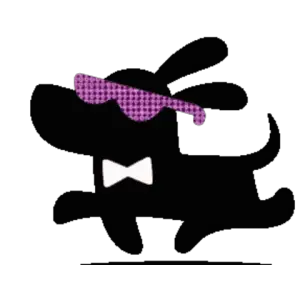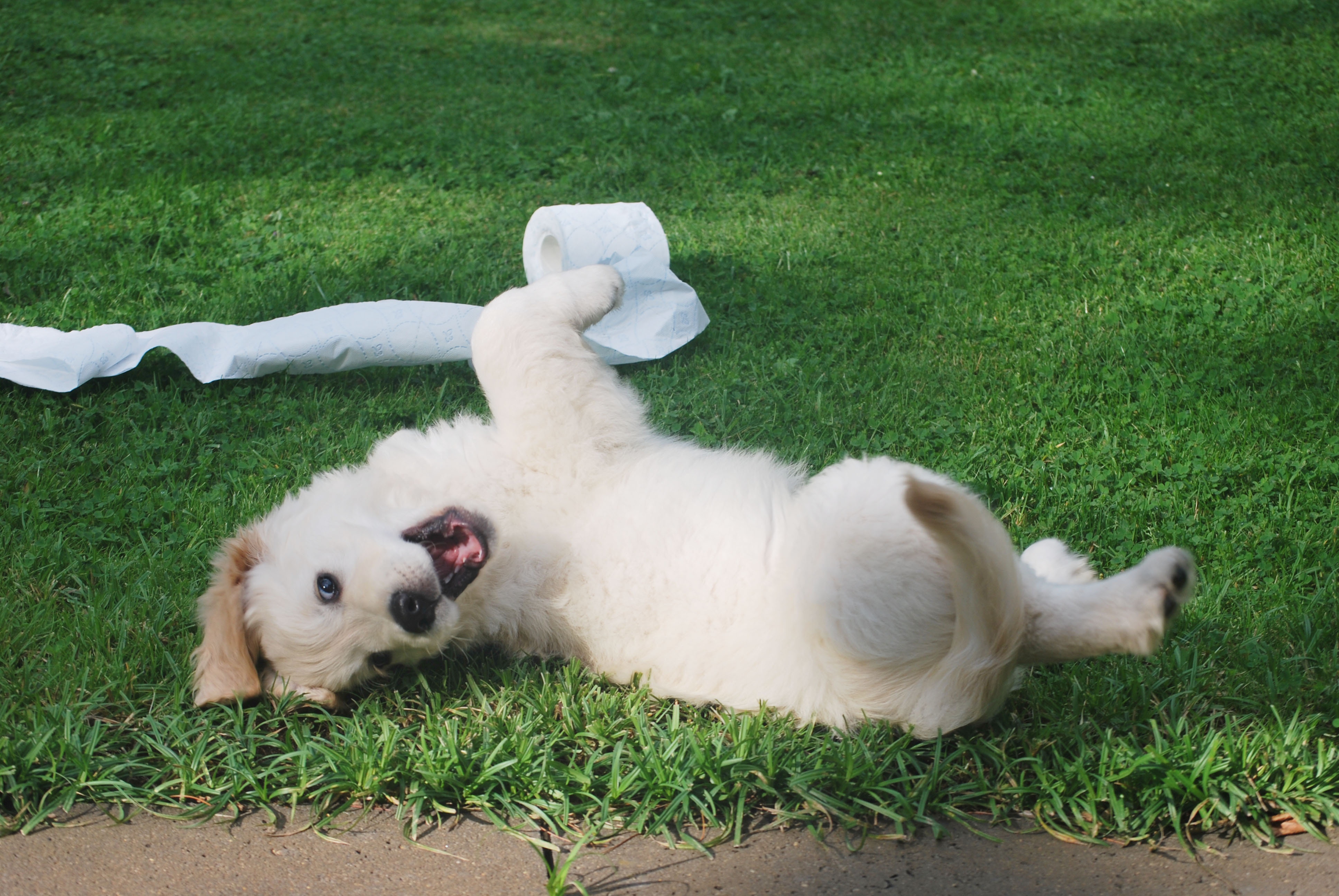How to brush a dog’s teeth? Dogs too have the right to have clean teeth and fresh breath! Apart from the aesthetic and pleasant side of a clean mouth, brushing teeth should be considered an act that allows real prevention of oral pathologies of dogs.
Brushing eliminates the plaque on the dog’s teeth. Dental plaque is a whitish substance that is deposited on the teeth after each meal, it is a mixture of bacteria, food residues, toxins …
When the teeth are never cleaned and treated, this plaque evolves and transforms little by little to mineralize to become tartar.
Attention, once installed, the scale is no longer eliminated brushing, it will then proceed to a descaling your veterinarian.
Brushing the teeth also helps to check the health of the mouth more generally: presence of gingivitis (inflammation of the gums), masses, loose teeth …

How to brush a dog’s teeth?
Material:
- toothbrush (fingerstall to start)
For the first manipulations, it is easier to use the finger stall. It allows the animal to get used to the toothpaste and to have something in the mouth. When the habit is taken, we can go to the toothbrush (a special dog or not). special dog toothpaste.
Do not use human toothpaste to wash your dog’s teeth! The menthol smell is usually embarrassing for him and our toothpaste are not made to be swallowed. The one you buy from your veterinarian has been designed with a pleasant taste for your companion, and he can swallow it without the risk of digestive disorders or intoxication.
Frequency
Daily would be ideal, but 2 times a week is better than nothing.

when should I brush my dog’s teeth?
There is no minimum age, no maximum to begin.
Of course, the earlier the puppy is used, the easier the brushing will be at adulthood. But you can totally teach your dog to brush his teeth, it’s all a matter of patience.
Technical
How to brush a dog’s teeth the first few times, it is not necessary to open the mouth of your dog. Begin by getting used to brushing the outer surface of the teeth, lifting the chins and gently applying small rotational movements on the teeth. Do not forget to go to the back of the mouth and brush the molars well.
Little by little you can teach him to open the mouth and thus succeed in brushing the inside of the mouth.
Of course, you may want to ask your veterinarian or assistant for advice on how to perform good brushing.
Be careful, dogs do not voluntarily keep their mouth open for a long time, and they may chew on the toothbrush (or your finger if you use a fingerstall!); take the time to brush their teeth quietly.

If, despite all your good will and patience, you can not brush your dog’s teeth, get closer to your animal health professionals who can advise you on alternatives such as a specific oral hygiene diet, solutions to put in the water …
When the tartar is already installed, the brushing of the teeth unfortunately does not serve much anymore, it will then be necessary that your vet proceed to the descaling of your dog. For the comfort of your companion, this procedure will take place under general anesthesia.
To be monitored and who should encourage you to consult your veterinarian
Presence of blood during or outside brushings
Strong odor and sometimes nauseating
Pain during brushing or chewing
Discomposed or moving tooth
Tarter in large quantities
Many ways to brush your dog’s teeth
Here are some tips to get started. It is helpful to repeat each step for five days before moving on to the next one:
1) Get your dog to taste toothpaste for
Wash your hands and put some dog toothpaste on your index finger or your specific fingertip
Let your dog lick toothpaste on your finger.
Repeat two or three times.
2) Get your dog used to handling his
Put dog toothpaste on your index finger.
Put your finger gently on your dog’s teeth and gums.
Do not let your finger in if your dog is uncomfortable.
Repeat this exercise several times.
3) Presentation of the toothbrush
Moisten the toothbrush with water, then put dog toothpaste on it.
Let your dog lick a bit of dog toothpaste on the hair to get used to the sensation.
Hold his mouth gently to prevent him from nibbling the brush.
Put your index finger or thumb on both sides of your dog’s muzzle, making a bridge and lifting your chins. Gently brush the canines (large pointed teeth) up and down. Start by directing the brush towards the gum line and brush starting from the gum towards the end of the tooth.
For now, avoid brushing the front teeth (incisors) because this is the most sensitive part.
4) Brushing back teeth
As before, brush your dog’s canines up and down.
Move slowly to the teeth behind the canines, with a circular motion.
Continue only if it suits your dog.
Brush both sides of the mouth
Brushing is, in principle, the best way of oral hygiene when it is done daily, but its control can seem complicated. The sessions must be short (three minutes are enough), do not try if your dog is threatening and you have not accustomed to him very young to these daily hygiene gestures.

Foods that clean your dog’s teeth
Foods are directly related to your dog’s oral cleanliness and the high-quality dry kibble promotes the natural removal of tartar by the extensive chewing required to eat them.
In contrast, soft or moist foods promote pie accumulation, halitosis and diarrhea if consumed in excess. Only give this type of food occasionally to prevent any teething problems.
The different types of dog food therefore have their advantages and disadvantages, but most importantly, do not forget to never give your dog any leftover human food, especially if it’s about sweets, which are very bad for his digestion and for his teeth
Clean your teeth with toys

On the market, you will also find toys, bones, and treats that offer your pet a dental clean in a more enjoyable and entertaining way. Find out and use the products he likes most as a supplement in his oral hygiene routine. If you have a puppy, know that there are specific toys for young dogs that can relieve genes when the baby teeth grow
Ever heard about coconut oil for dog’s teeth, read this blog post to get the details of it.

